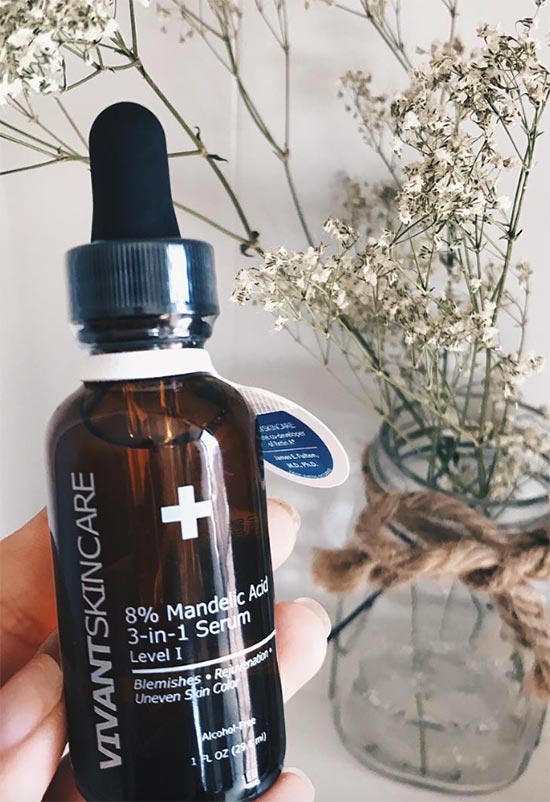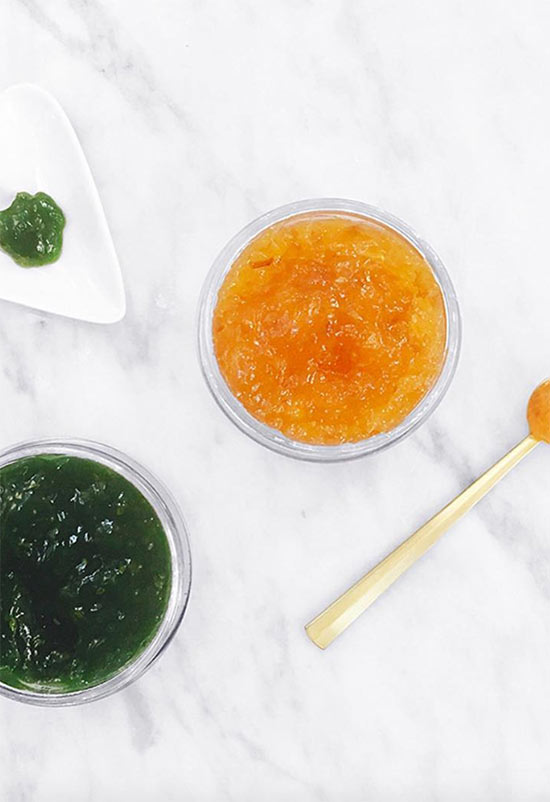Are you struggling with milia, those odd bumps on your face or perhaps around your eyes? Are you asking yourself how to get rid of milia since it doesn’t seem to behave like other skin issues? Don’t worry, I’ve got the solutions for you!
Understanding milia causes is the key to understanding how to safely approach milia removal, so I break down how and why these little bumps are formed. Beauty also matters, so I’ll give you all the details on milia removal, the best milia treatments, and even how to tell the difference between milia and other skin bumps!
In this article:
- What Are Milia?
- Milia Causes
- Types of Milia
- Difference Between Milia, Whiteheads and Other Bumps
- How to Get Rid of Milia
- How to Prevent Milia
- Do Home Remedies for Milia Work?
What Are Milia?
Milia is a hard plug of keratin that forms on the skin, most frequently below the eyes. Keratin is an important protein in the skin. When it gets trapped under the skin, however, it forms the tiny bumps known as milia.
Milia cysts look like tiny bumps, and they are usually white or yellow, although they can also be flesh-toned. Occasionally whiteheads and visible oil glands are mistaken for milia, so it is important to know the difference.
Milia Causes
- The first and most common of the milia causes is simply genetics. Some people’s skin is simply predisposed to producing milia. Milia is also associated with specific genetic syndromes like Gardner syndrome, Rombo syndrome, and basal cell nevus syndrome.
- Those whose skin is already predisposed to milia could have the issue exacerbated if they overuse heavy or occlusive creams around the eyes, as these can disrupt skin functioning and increase the chances of a milia plug forming.
- Excessive sun exposure and cumulative sun damage also seem to be associated with increased chances of milia forming.
- Various skin medications, including steroids and hydroquinone, can cause milia as a side effect.
- Injuries to the skin that cause scarring, including burns, can also lead to traumatic milia.

Types of Milia
- Primary milia are the most common kind of milia, caused by keratin plugs. It most frequently shows up around the eyes, but it can also happen on other parts of the face and body.
- Secondary milia are also known as traumatic milia, and it occurs after the skin has experienced some sort of injury or scarring.
- Neonatal milia are milia that occur in babies – particularly newborns. The cysts usually show up on the face, scalp, or torso, and tend to go away on their own as the baby grows up.
- Milia en plaque usually come hand in hand with autoimmune disorders like lupus. It shows up on the ears, cheeks, jaw, or eyelids. It most frequently affects middle aged women, but can also happen to other demographics.
Difference Between Milia, Whiteheads and Other Bumps
Milia is often mistaken for closed comedones, which are better known as whiteheads, however the two are very different.
Milia are cysts made up of keratin, a protein component in the skin. Whiteheads, on the other hand, are pores that become clogged up with a mixture of dead skin and facial oil below the skin (if they become infected with the acne bacteria they turn into a pimple).
Since the two skin issues look similar, people often mistake milia for a whitehead and try to pop it. However, unlike whiteheads, milia cysts are hard to the touch and they will not pop.
Visible oil glands under the eyes are also often confused for milia. If what you have under your eyes is a series of many tiny, flesh-toned bumps, then what you have is visible oil glands, rather than milia.
How to Get Rid of Milia
Milia are not harmful or dangerous, so if it doesn’t bother you, you actually don’t have to do anything about it. Often, milia simply go away on their own after a few weeks or months. That being said, humans are vein creatures, and milia certainly don’t look great.
- The best course of action for milia removal is having it extracted by a dermatologist. Dermatologists have the necessary training and tools to manually extract the keratin plugs, leaving the skin smooth and unblemished. On the other hand, attempts at manual milia removal at home can be disastrous, as they can damage the skin, leave behind a scar, or even cause a serious infection. Never try to extract milia yourself.
- Another method the dermatologist might use for milia removal is cryotherapy. Using liquid nitrogen, the dermatologist freezes the milia, and it comes off the skin.
- For widespread milia, the dermatologist might recommend an all over facial treatment like a powerful acid peel or microdermabrasion.
- If going to the dermatologist is not an option for you, you can try to gently coax the milia out with various at-home products, including the best milia removal products we’ve listed here. Using gentle exfoliants on the plug will help to slough away the dead skin covering it, and to break down the plug of keratin itself. Overtime, this can make the milia totally disappear. Remember that this is not a quick fix, and it usually takes months of regular chemical exfoliation for milia to go away. There are many resurfacing and skin-renewing ingredients that can help treat milia, including glycolic acid, lactic acid, salicylic acid, azelaic acid, retinol (and other forms of vitamin A), vitamin C, and urea. You have the option of combining these different ingredients into your skincare routine, or simply using them as a spot treatment only on the areas where you are experiencing milia.
How to Prevent Milia
Since milia are genetic, you might still end up with it even though you use milia treatments carefully and accurately. That being said, there are steps you can take to avoid the various milia causes.
- The most important part of milia prevention is to always use facial sunscreen, since sun exposure increases the chances of milia forming.
- Make sure to cleanse your skin every night, before doing your skincare routine. Skin that isn’t cleansed frequently enough stops functioning healthily, and can become more prone to milia. The best facial cleansers are gentle and sulfate-free, and may contain a bit of acid to help reinforce your exfoliants.
- Exfoliate your skin regularly with a gentle chemical exfoliant. There are many options out there, with glycolic acid, salicylic acid, and lactic acid being the most popular. Opt for lower percentages of acid when choosing a product to use around the eyes, as the skin around the eyes is sensitive and more easily irritated than the rest of the face.
- Retinol, while not officially a chemical exfoliant, also increases cell turnover and as such is also a great option for milia prevention.
- Avoid using very heavy creams, especially around the eye area. Instead, keep your skin healthy and hydrated with humectant-laden serums and thin lotions. If your skin does require a heavier moisturizer, apply it in a thin layer.
Do Home Remedies for Milia Work?
For the most part there are no safe recipes for at-home skin care that treats milia. Most suggestions you may find online are going to be ineffective milia treatments with some other skin benefits at best, or harmful at worst (lemon juice, baking soda, and cinnamon, I’m looking at you).

However, some home remedies are good choices for keeping the skin healthy and preventing milia.
- You can make your own scrub for regular exfoliation, especially if your skin doesn’t tolerate acid-based exfoliants. Ground oatmeal or rice work best to remove dead skin build-up and prevent clogs without irritating or scratching the surface of the skin.
- If you would like to keep your skin hydrated without using any heave oils, you can use humectant honey, which has additional anti-bacterial and skin-healing benefits. You can use it like a mask, or even combine it with your exfoliating powder of choice.
Photos via @dadmunk, Instagram





